- today
- perm_identity Rastamax
- label News
- favorite 2 likes
- remove_red_eye 30358 views
- comment 0 comments
The benefits of radiant heating for controlled environment indoor growing
I. Introduction
Indoor growing is a method of cultivation that controls and regulates several parameters such as temperature, humidity and air quality to optimise plant growth and production. One of the key elements of this method is the choice of heating system. Temperature is a crucial factor for plant growth, so it is essential to choose an efficient heating system that is suitable for this practice.
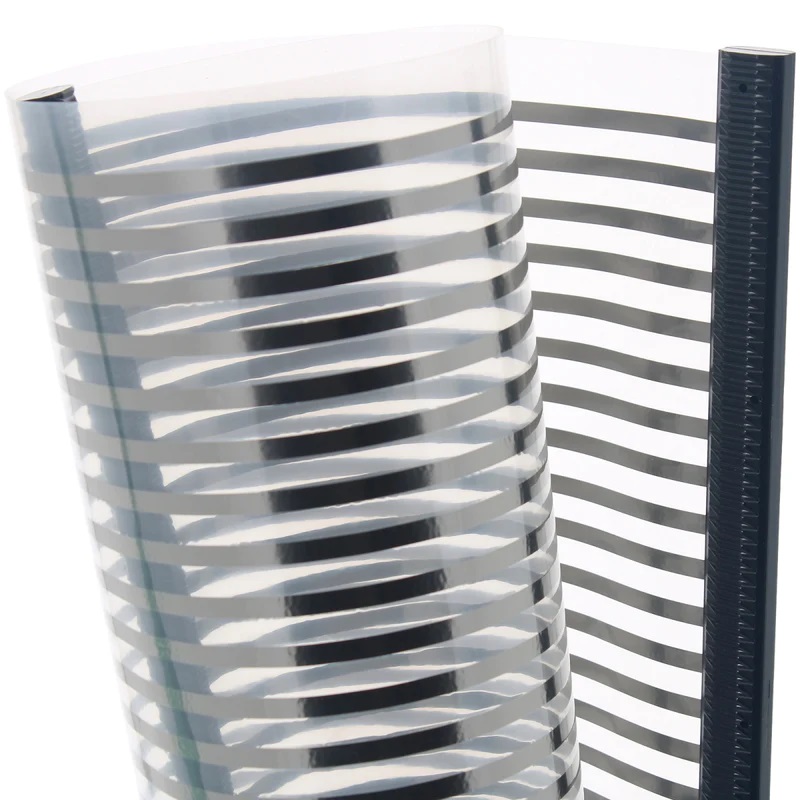
In this article, we will focus on the advantages of using a radiant rather than a blower heating system in controlled environment indoor growing. We will explain in detail how these two heating systems work, and the specific advantages of radiant heating for this practice. We will also provide advice on the installation and use of this heating system, to help growers make the most suitable choice for their needs.
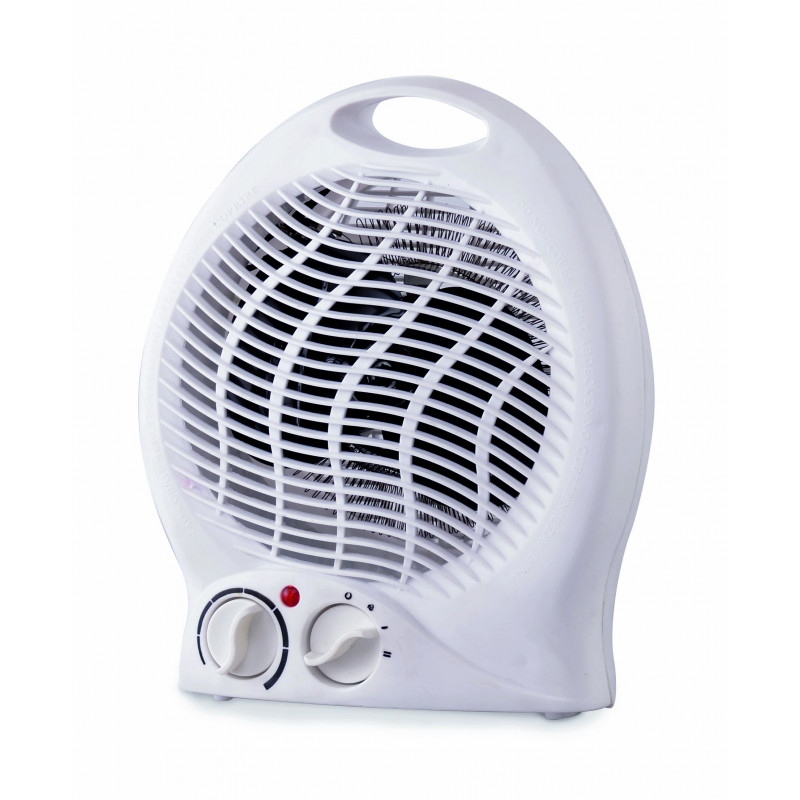
II. Operation of radiant and fan heaters
Radiant heating works by emitting electromagnetic waves that heat the objects and people in the room. Unlike fan heaters, which use warm air to heat the space, radiant heaters do not heat the air directly.
Blower heating works by blowing air through a heating element. The warm air is then distributed into the room through ducts or fans.
In comparison, radiant heating has several advantages over fan-forced heating. On the one hand, it offers a better distribution of heat in the room, as the heat is emitted evenly and is not blown into a single point. On the other hand, radiant heating reduces energy consumption, as it does not require heating the air that will be dissipated by ventilation. In addition, radiant heating is generally quieter than fan-forced heating, as it does not require fans to distribute the heat.
However, radiant heating can be more expensive to purchase and install than fan-forced heating. It can also be more difficult to regulate the temperature precisely, as the heat is emitted continuously and cannot be modulated quickly.
In sum, the choice between radiant and fan heating depends on the specific needs of each user and the conditions of the indoor environment.
III. Advantages of radiant heating
The choice of heating system is crucial for controlled indoor growing. The advantages of radiant heating over fan heating are
-
Better heat distribution: Unlike fan heaters, which heat the air and then radiate it, radiant heaters emit infrared heat directly onto objects and plants. This allows for an even distribution of heat and an increase in the temperature of the plants, which promotes their growth and fruitfulness.
-
Reduced energy consumption: Radiant heating is more energy efficient than fan heating. It does not waste energy on heating the ambient air, but focuses on the objects and plants in the growing area.
-
Less noise: Radiant heating works silently, unlike fan heaters which produce noise by circulating air.
-
Plant-friendly temperature: Unlike fan heaters, which can dry out plants and reduce the oxygen content of the air, some radiant heaters operate at a temperature that is harmless to plants, thus maintaining ideal oxygen levels.
-
Better air quality: Radiant heating does not cause air movement and does not raise dust, which reduces the risk of allergies and respiratory infections. In addition, it does not spread disease because it does not carry warm, moist air, thus promoting a healthier environment for plants.
-
Adapted to your installation: These heaters are available in different lengths of tube and in wall-mounted foil, which allows for an installation adapted to the space you have available, where fan heaters often take up the space of one or more pots.
IV. Implementation
To install a radiant heating system in a grow room, several steps are necessary. Here are the main steps for the installation of this type of heating system:
-
Installation of the radiant panels: The radiant panels are installed high up, preferably above or around the above-ground part of the plants, so that the heat is distributed evenly. The panels should be securely fixed and spaced so that they cover the entire surface of the room.
-
Temperature control: The radiant heating system is usually connected through a thermostat that allows the temperature to be adjusted. It is important to choose the right temperature according to the needs of the plants and the growing environment. It is advisable to maintain a stable temperature to avoid variations that could affect the growth of the plants.
-
Maintenance of the heating system: To ensure optimum efficiency of the radiant heating system, regular checks and maintenance are recommended. It is important to clean the radiant panels to avoid the accumulation of dust, dirt or mould. It is also recommended to check the thermostat and electrical connections regularly.
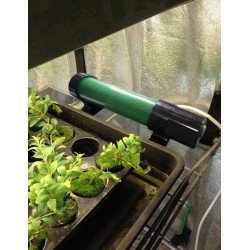
In summary, the installation of a radiant heating system in controlled environment indoor growing requires the attachment of radiant panels, temperature control and regular maintenance of the system. It is important to follow these steps to ensure optimal heating efficiency and healthy plant growth.
V. Conclusion
In summary, there are many advantages to using a radiant heater over a fan heater for indoor cultivation. Not only does it provide better heat distribution, but it also uses less energy and is quieter. In addition, radiant heating maintains temperatures that are more suitable for plants, reduces the risk of spreading disease, improves air quality and also reduces space requirements by adapting to your installation.
It is important to take these advantages into account when choosing a heating system. The installation of the different systems is relatively simple and their settings can be easily adapted to the needs of the plants. Regular maintenance will prolong the life of the heating system.
In conclusion, radiant heating is a wise choice for people looking to maximise the growth of their indoor plants, while reducing energy costs and ensuring a healthy environment for their crops.
Related products
500W Wall Heating Film
Ultra-thin, transparent infrared heating film, ideal for grow boxes and small spaces.
Wall Heating Film 250W - 60x58 cm
Ultra-thin and energy-efficient heating film for spaces up to 8 m².


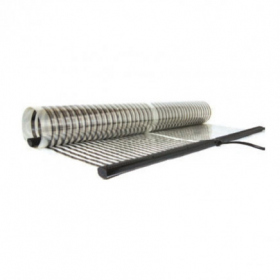
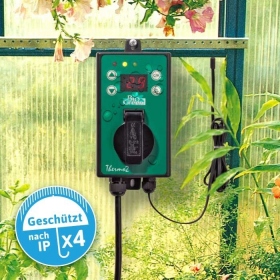



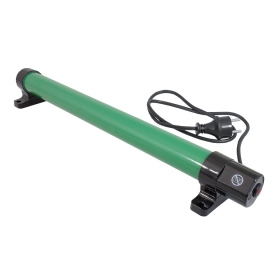

Comments (0)